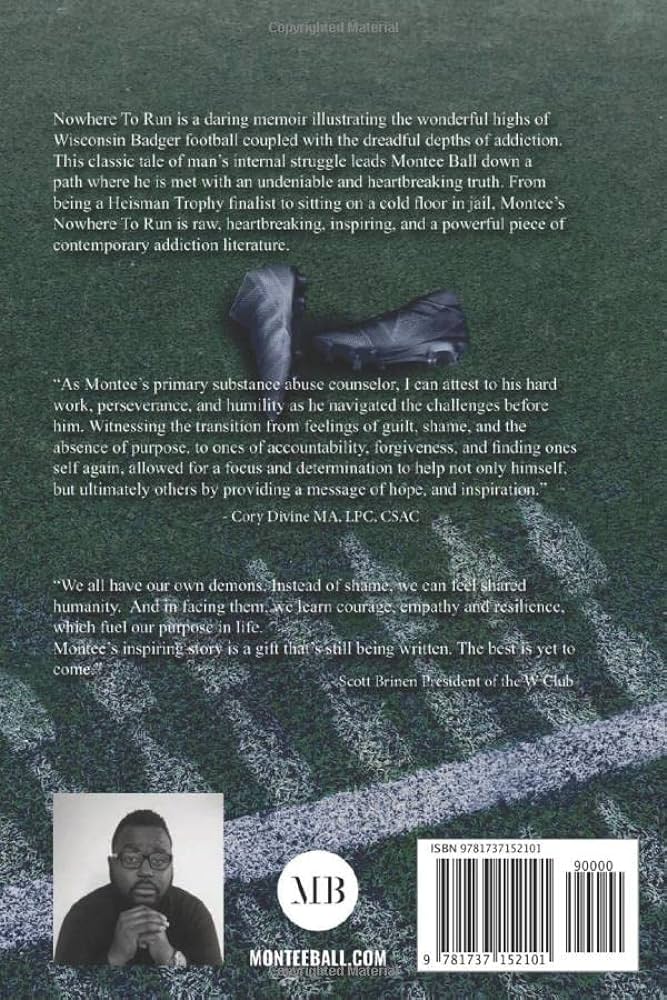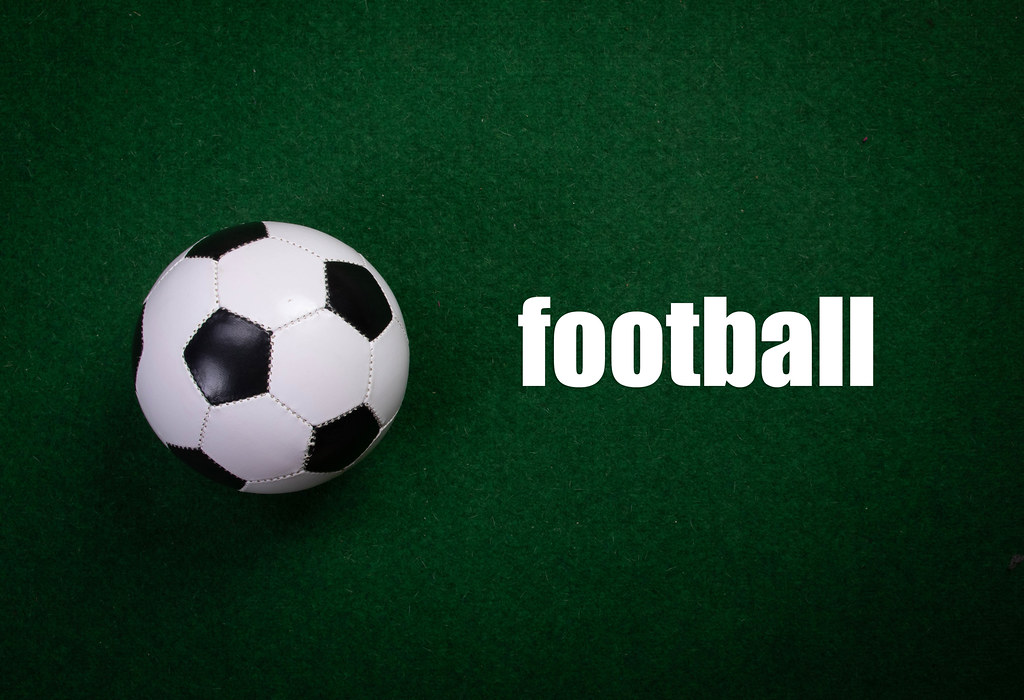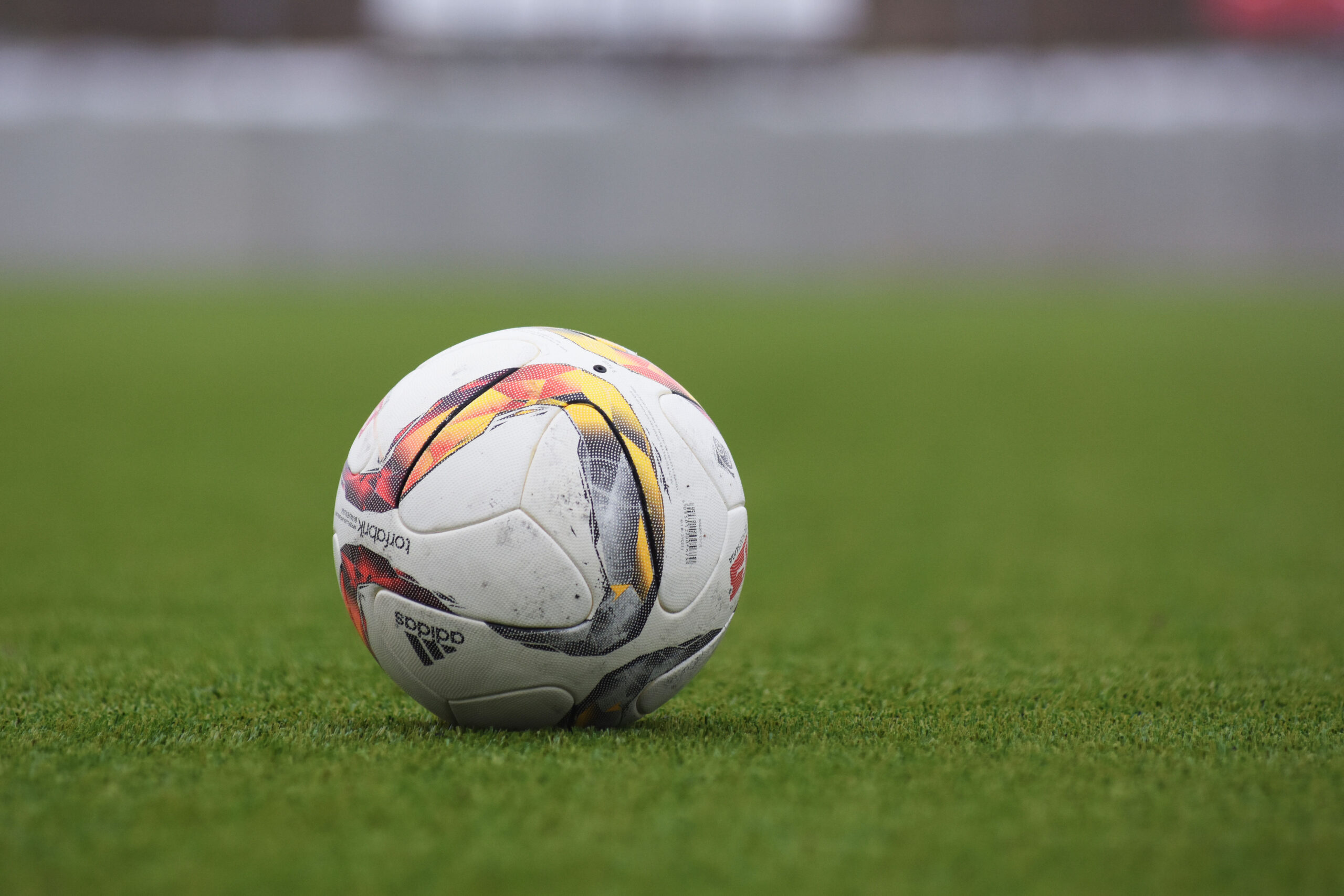Are Soccer Balls Supposed To Be Hard? Discover The Truth!

Soccer balls should be firm, but not overly hard to touch. They require enough pressure to maintain their shape and bounce properly.
Soccer enthusiasts and players alike often inquire about the ideal hardness of a soccer ball. The answer lies in the balance between firmness and playability. A well-inflated soccer ball enables accurate passing, shooting, and optimal control during gameplay. Emphasizing the importance of this aspect, regulations specify the pressure at which a soccer ball must be maintained for official matches.
Maintaining proper inflation ensures durability and consistent performance, which is crucial for both training and competitive play. It’s integral for players to frequently check their soccer balls, using a standard pump and pressure gauge to achieve the recommended PSI level. This preparation not only enhances a player’s game but also upholds the integrity of the sport.

Credit: www.instagram.com
Unveiling Soccer Ball Myths
Many people believe that soccer balls must be extremely hard to play properly. This is one common myth. The truth is, balls vary in hardness based on use and preference. A properly inflated ball should be firm but not hard. Players, especially kids, need balls that are not too tough on their feet.
Another popular belief is that harder balls are easier to control. Yet, skill development depends more on practice than ball hardness. FIFA standards also dictate that balls should have a certain level of ‘give’ for safety and playability.
The right pressure for a soccer ball usually falls between 8.5 and 15.6 psi. You can check the ball’s pressure using a gauge. Remember, the perfect feel of a ball might differ from player to player.

Credit: medium.com
Anatomy Of A Soccer Ball
The outer layer of a soccer ball is key to its hardness. This layer is often made from PVC or PU. Beneath it, lining layers give the ball strength and shape. PVC balls are harder, but PU offers a softer touch.
Bladder types inside the ball also affect firmness. Latex bladders make the ball softer and more responsive. Butyl bladders, on the other hand, guarantee that balls are less soft but more air-retentive. Kids should play with the right firmness for their safety and enjoyment.
Optimal Soccer Ball Pressure
Understanding the regulation standards for ball inflation is key in soccer. The proper pressure for a soccer ball is typically 8.5 to 15.6 psi. It is crucial to maintain this range for optimal performance.
Weather plays a significant role in ball pressure. Cold temperatures can lower the pressure inside the ball, making it harder. On the other hand, warm weather can increase the pressure, making the ball overly hard. It is essential to adjust the ball’s pressure based on weather conditions before any game.
The Experience Factor
The firmness of a soccer ball deeply affects a game. Players often have unique preferences. Some choose harder balls for faster play. Others opt for softer ones for better control. Kids and beginners might prefer a less firm ball. This helps them to learn easily. It’s all about the right feel during the match.
Performance changes with different ball types. A harder ball travels faster. It can make shooting from a distance easier. Yet, a softer ball might improve a player’s dribbling and tactical skills. Teams should practice with various ball firmness levels. This way they perform their best in any condition.
Maintenance For Proper Firmness
Keeping a soccer ball at the right firmness ensures peak performance on the field. To maintain this, regular inflation checks are essential. Such checks prevent the ball from becoming too hard or too soft. Ideally, use a reliable pressure gauge to check the ball’s pressure before each game. Make sure it matches the recommended level stated by the manufacturer.
It’s important to avoid over-inflation, as it can damage the ball’s structure and shorten its life. Conversely, under-inflation can lead to improper bounce and increased wear. For optimal durability, refer to the ball’s manual for the best practices regarding inflation. Consistent care will extend your soccer ball’s lifespan and ensure a better playing experience.

Credit: www.telegram.com
Debunking The Dangers Of Overinflation
An overinflated soccer ball can affect a player’s performance. It becomes too hard, making it difficult to control. Players might notice the ball bouncing too high or feeling unusually stiff when kicked. These overinflation symptoms should not be ignored.
Risks include the potential for the ball to burst. This could cause injury. The ball may also wear down prematurely. Taking care of your soccer ball is crucial. With proper maintenance, risks can be minimized. Always use a reliable pressure gauge. Never exceed the manufacturer’s recommended pressure levels.
| Care Tips | Details |
|---|---|
| Check Pressure Regularly | Ensures consistent play quality |
| Use Correct Pump | Prevents damage to the valve |
| Store Appropriately | Avoids unnecessary stress on the ball |
Conclusion
Understanding soccer ball firmness is crucial. It ensures safety and optimizes play. For casual or professional play, the right pressure matters. Always check with a reliable gauge. Remember, a properly inflated soccer ball can make a significant impact on your game.
Keep it pumped up, and enjoy the sport!


